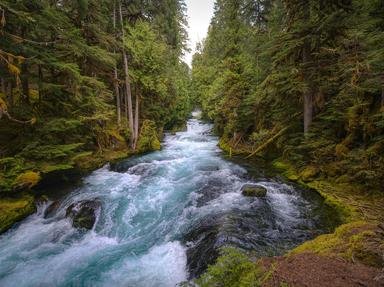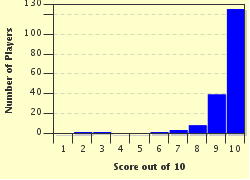Quiz Answer Key and Fun Facts
1. First released in 1948, what is the correct name of "Tardy Sea-going Vessel to Cathay"?
2. In 1974, Paper Lace sang about "The Evening The Windy City Passed Away". What is the correct title of this song?
3. Can you work out the real Scottish name of the 1920 song, "I Am Owned by Red Clydeside"?
4. What is the correct title of "A Misty 24 Hour Period (in the Great Wen)"?
5. Crossing the English Channel to mainland Europe, what is the correct title of "The Final Moment I Perceived the City of Light"?
6. Max Bygraves made "Colourful Bulbs from the Venice of the North" very popular in 1958. What is the song's real name?
7. Released by Johnny Driftwood in 1959, what is the correct name of "The War of the Big Easy"?
8. Can you work out the correct title of the song "So Long, the Eternal City"?
9. Elvis Presley made the song "Primary Coloured Sandwich Isles" very famous in 1961. What is its correct name?
10. Taken from the 1977 film of the same name, what is the real name of the song, "The Big Apple, the Big Apple"?
Source: Author
Creedy
This quiz was reviewed by FunTrivia editor
agony before going online.
Any errors found in FunTrivia content are routinely corrected through our feedback system.

